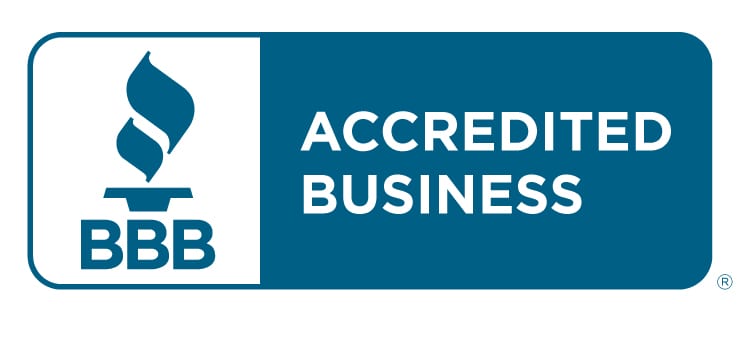
4 Shopify Best Practices to Implement
Are you using Shopify? It’s one of the simplest and most popular e-commerce platforms available, and it has plenty of features to help you boost awareness and sales. But to take full advantage of Shopify, make sure you understand how to optimize your use of the platform.
Here’s what to know, including helpful tips you can put to work right away:
Let’s start with the basics…
Shopify is a subscription-based e-commerce platform that allows any business to set up a virtual store and sell their products online. Some of its key features include the ability to showcase products, manage inventory and facilitate payments — all while making stronger and more impactful connections with your customers.
And optimize with best practices.
Selling your products online gives you a bigger customer base, but it’s still up to you to grab people’s attention (and meet your revenue goals). Make sure you’re implementing a few best practices:
- Copy: All of your products should be accompanied by descriptive, well-written copy. Keep it short but impactful, and always include a CTA.
- Navigation: Break down bigger menus into smaller, more digestible sections so that your customers can easily see what’s available. And put an organized tagging system in place so shoppers can easily search and filter products.
- Collections: Create curated collections to provide targeted recommendations and increase the scope of individual sales.
- Design and Imagery: High-quality design and images make your products more attractive and let customers know what they’ll get.
Need help with your marketing? Get in touch anytime.















